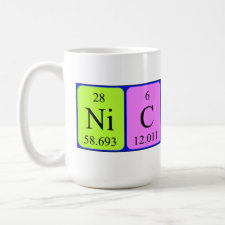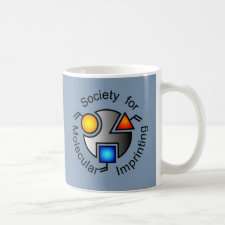
Authors: Bodugoz H, Güven O, Peppas NA
Article Title: Glucose recognition capabilities of hydroxyethyl methacrylate-based hydrogels containing poly(ethylene glycol) chains.
Publication date: 2007
Journal: Journal of Applied Polymer Science
Volume: 103
Issue: (1)
Page numbers: 432-441.
DOI: 10.1002/app.24906
Abstract: A configurational biomimetic imprinting technique was used to prepare recognition sites for glucose in copolymers of 2-hydroxyethyl methacrylate (HEMA) and methacrylic acid (MAA) prepared with crosslinking agents containing poly(ethylene glycol) (PEG). We report on the structure, diffusive, and recognition characteristics of these gels, the effect of the type and ratio of crosslinking agent, as well as the template/comonomer ratios on glucose binding ability. The highest equilibrium glucose binding was found as 2.67 mg/g dry polymer when PEG monomethacrylate (PEGMMA) was used in combination with tetra ethylene glycol dimethacrylate (TEGDMA) (50%) as a crosslinking agent. © 2007 Wiley Periodicals, Inc. J Appl Polym Sci 103: 432-441, 2007
Template and target information: glucose
Author keywords: configurational biomimetic imprinting, 2-hydroxy ethyl methacrylate (HEMA), methacrylic acid (MAA), poly (ethylene glycol), (PEG), glucose



Join the Society for Molecular Imprinting

New items RSS feed
Sign-up for e-mail updates:
Choose between receiving an occasional newsletter or more frequent e-mail alerts.
Click here to go to the sign-up page.
Is your name elemental or peptidic? Enter your name and find out by clicking either of the buttons below!
Other products you may like:
 MIPdatabase
MIPdatabase









